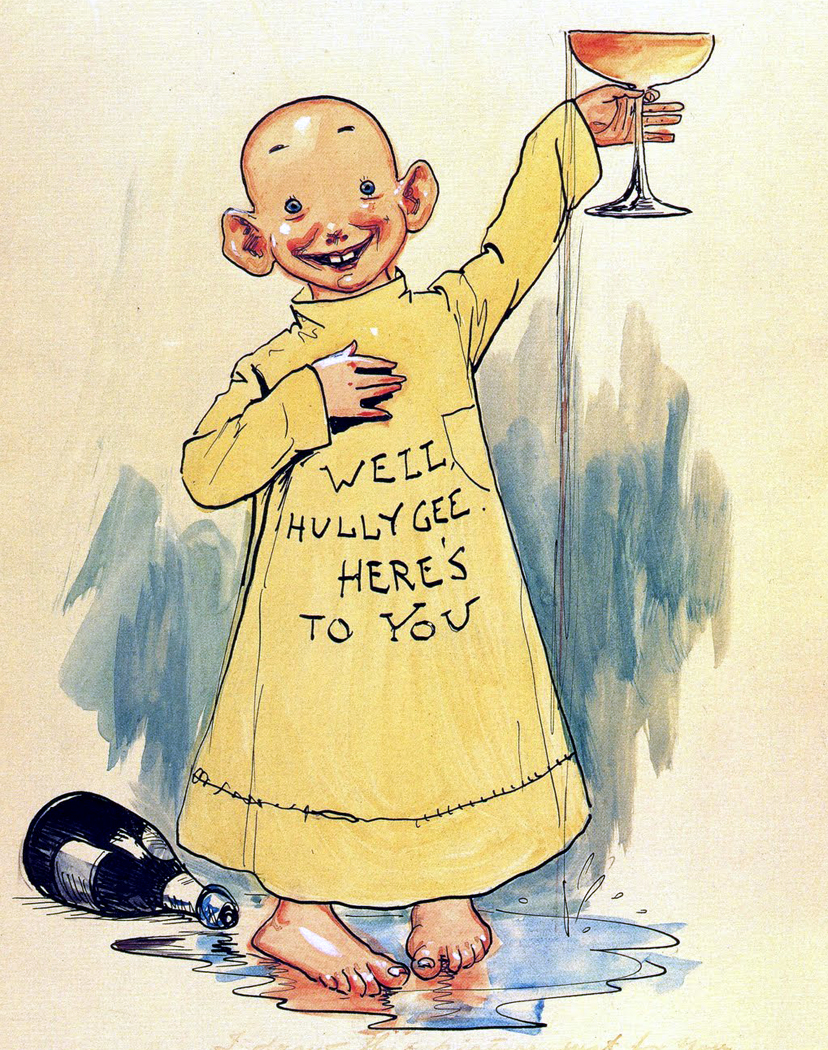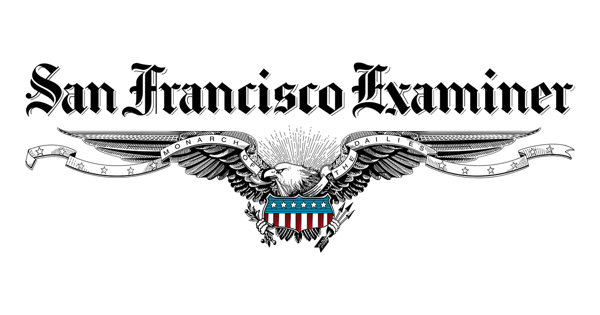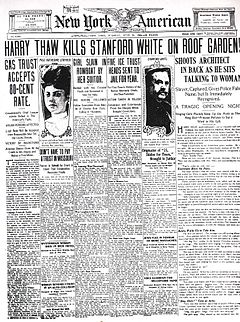\
Before people got their news from social media, TV, or the radio, newspapers were the dominant means, with a majority being controlled by one man, William Randolph Hearst. His important publications included The San Francisco Examiner and the New York Journal.
The San Francisco Examiner was founded in 1863, under the name the Democratic Press, and was a pro-Confederacy paper. The office building was destroyed on June 12, 1865, after a mob attacked the paper after Lincoln's assassination, and the paper was renamed to the Daily Examiner. William Randolph Hearst's father George Hearst, bought the paper in 1880 for political reasons, and later transferred ownership to his son William in 1887 at 23 years old.
Hearst hired writers, including Mark Twain, Jack London and Ambrose Bierce to help boost the paper's quality and its popularity. He also began to focus the paper more on sensationalized news and headlines, leading to the failing newspaper to begin to turn a profit within a few years of Hearst's leadership.
In 1895, Hearst turned his focus east, buying the unsuccessful New York Morning Journal for only $180,000, again hiring talented writers to help improve the paper’s quality. Hearst changed the name to the New York Journal, and again in 1902, with the morning paper named the New York American, and the evening edition the New York Evening Journal. Hearst remade the paper to be both entertaining and affordable for the working class in an effort to get more readership and undercut his competition. It was the first paper to successfully combine graphics and photographs with writing, and it became one of the most successful papers in New York, surpassing The New York Times.
Hearst also poached writers and the cartoon artist Richard F. Outcault, the creator of the Yellow Kid cartoons, from his former mentor Joseph Pulitzer, who owned the New York World, which started a bitter rivalry between the two papers. The New York Morning Journal and the New York World both used sensationalized headlines and reporting to try and gather more readers, and along with rivaling Yellow Kid cartoons, this led to the term yellow journalism being used to describe this practice of reporting.
 |
| The Yellow Kid cartoon |
The practice of yellow journalism reached its peak in the early years of the 20th century. Hearst’s coverage of Cuba’s independence from Spain led to an increased public awareness of the topic and pressure on the US government to step in. Ultimately leading to the Spanish-American war.
The two editions of the New York Journal continued to flourish in the early decades of the 20th century, but even Hearst could not shield his paper from the effects of the Great Depression. The paper outlasted its former rival the New York World, which closed down in 1931, but the morning edition was forced to shut down in 1937 and combined the staff into a single evening paper, the New York Journal-American. With the rise of new technologies and new ways of reporting, daily newspapers began to fade away, and the New York Journal-American continued to print until April 28, 1966, a decade after Hearst’s death.However, the San Francisco Examiner is still in business today after being sold by the Hearst Corporation in 2004, and then being sold three more times finally under the ownership of Clint Riley Communications.
By 1925, Hearst owned newspapers in every region of the United States, and at the height of his power in 1935, he owned 28 newspapers, 18 magazines and multiple radio stations, movie companies and news services. His life was the inspiration for Orson Welles’ first film, Citizen Kane (1941). Hearst died on August 14, 1951. The Hearst Corporation is still one of the biggest media conglomerates in the country, owning ESPN, Harper’s Bazaar, Cosmopolitan and others.
/cdn.vox-cdn.com/uploads/chorus_asset/file/13608671/shutterstock_721678087.jpg)










